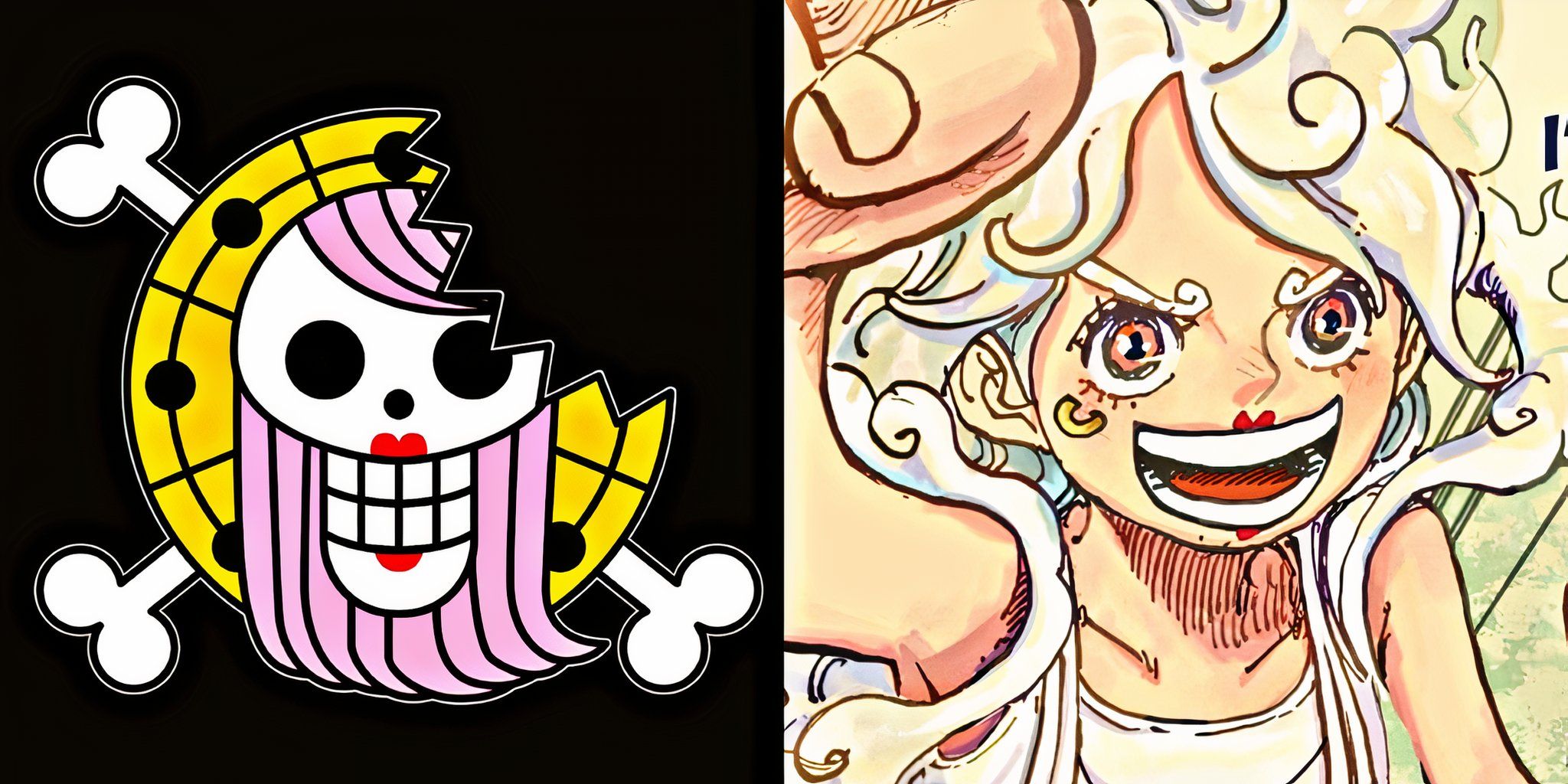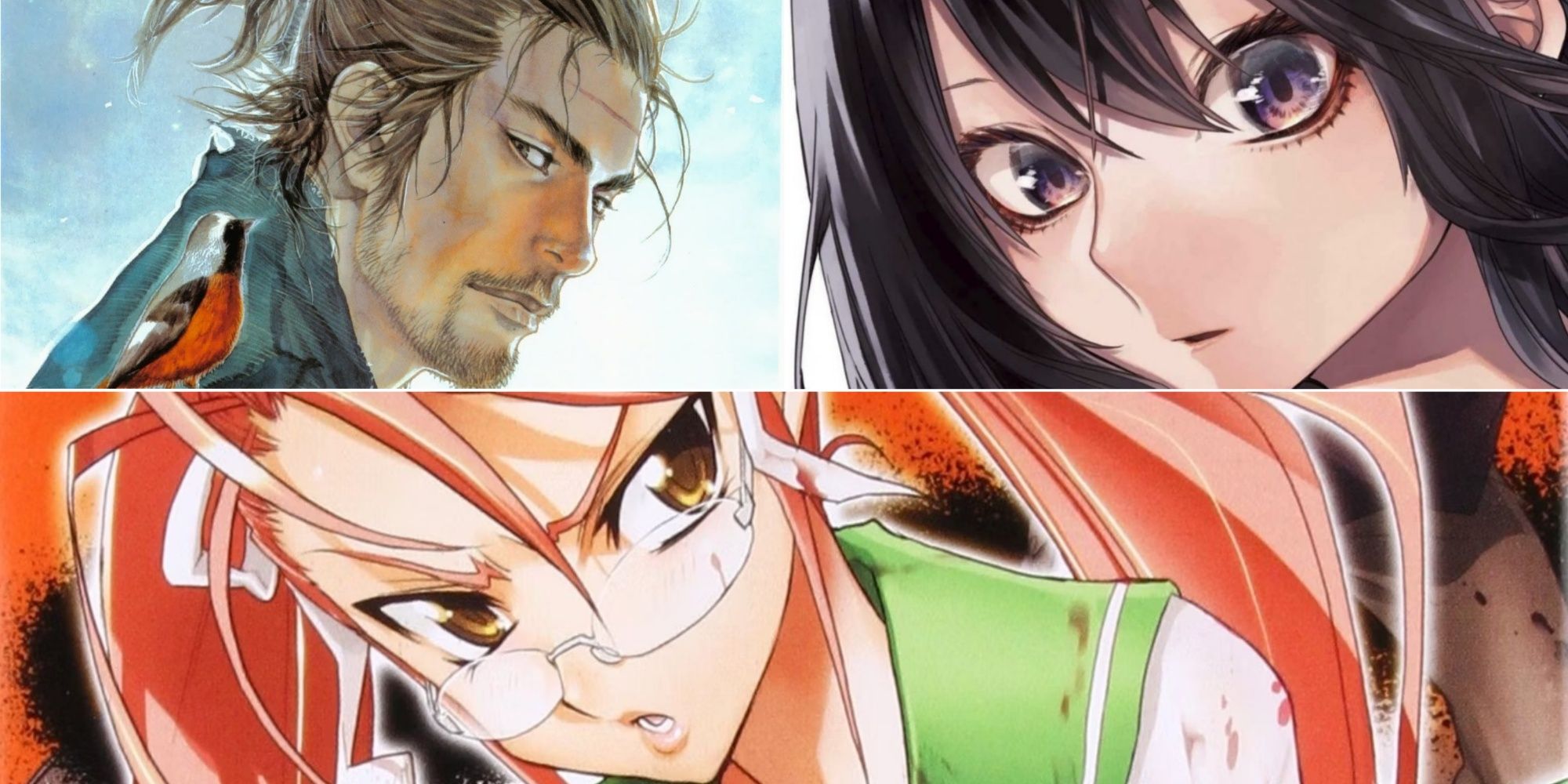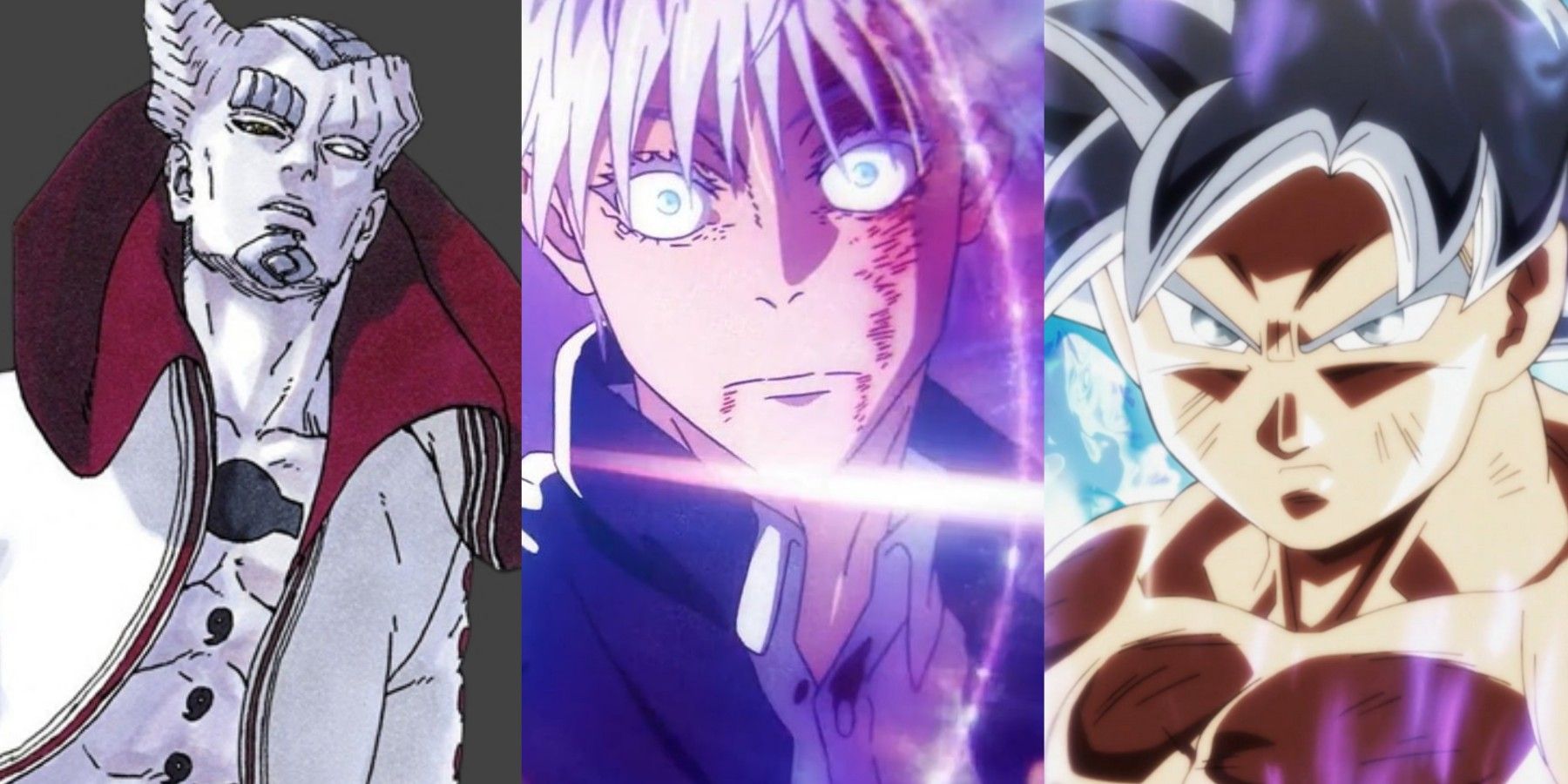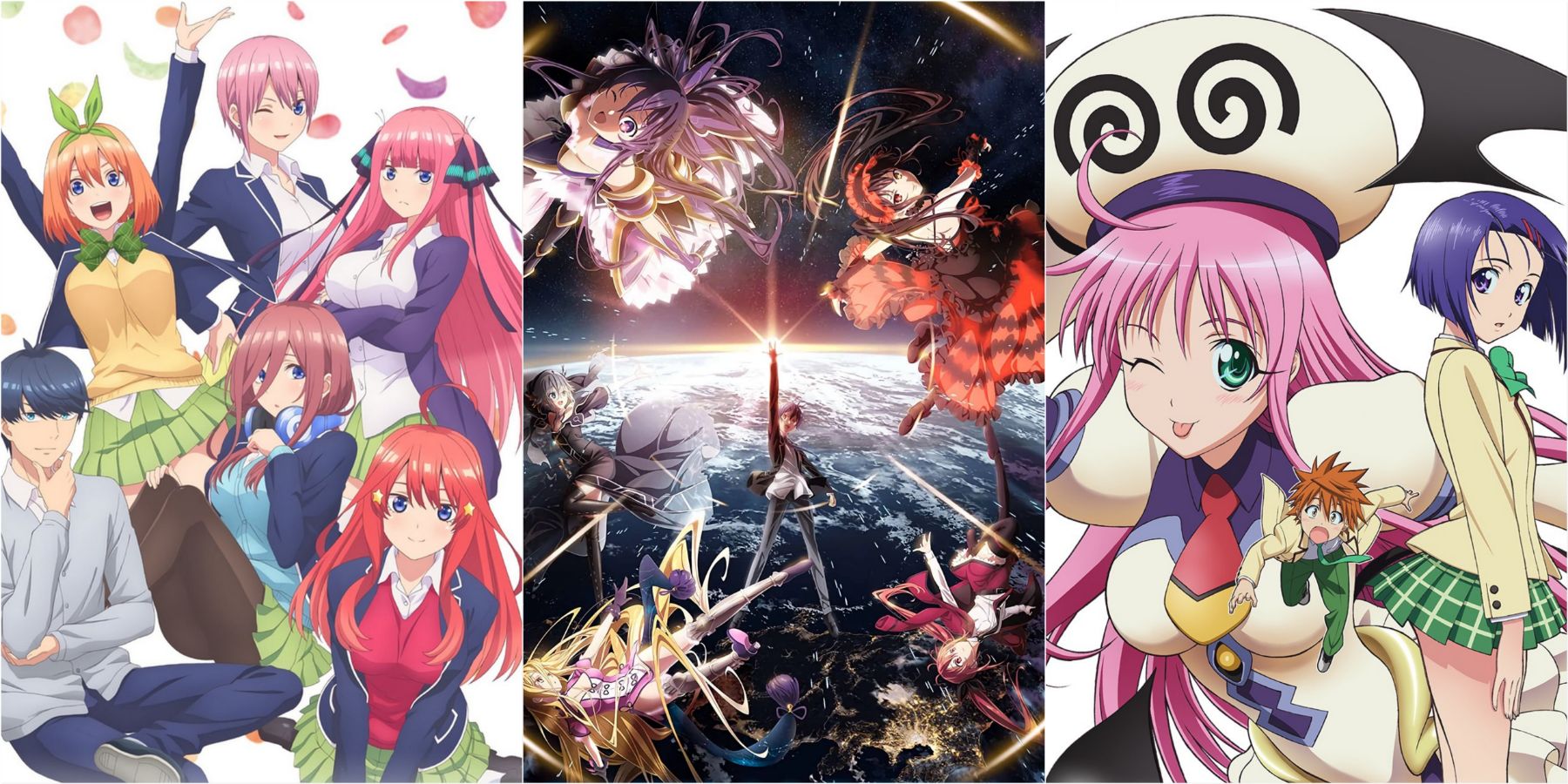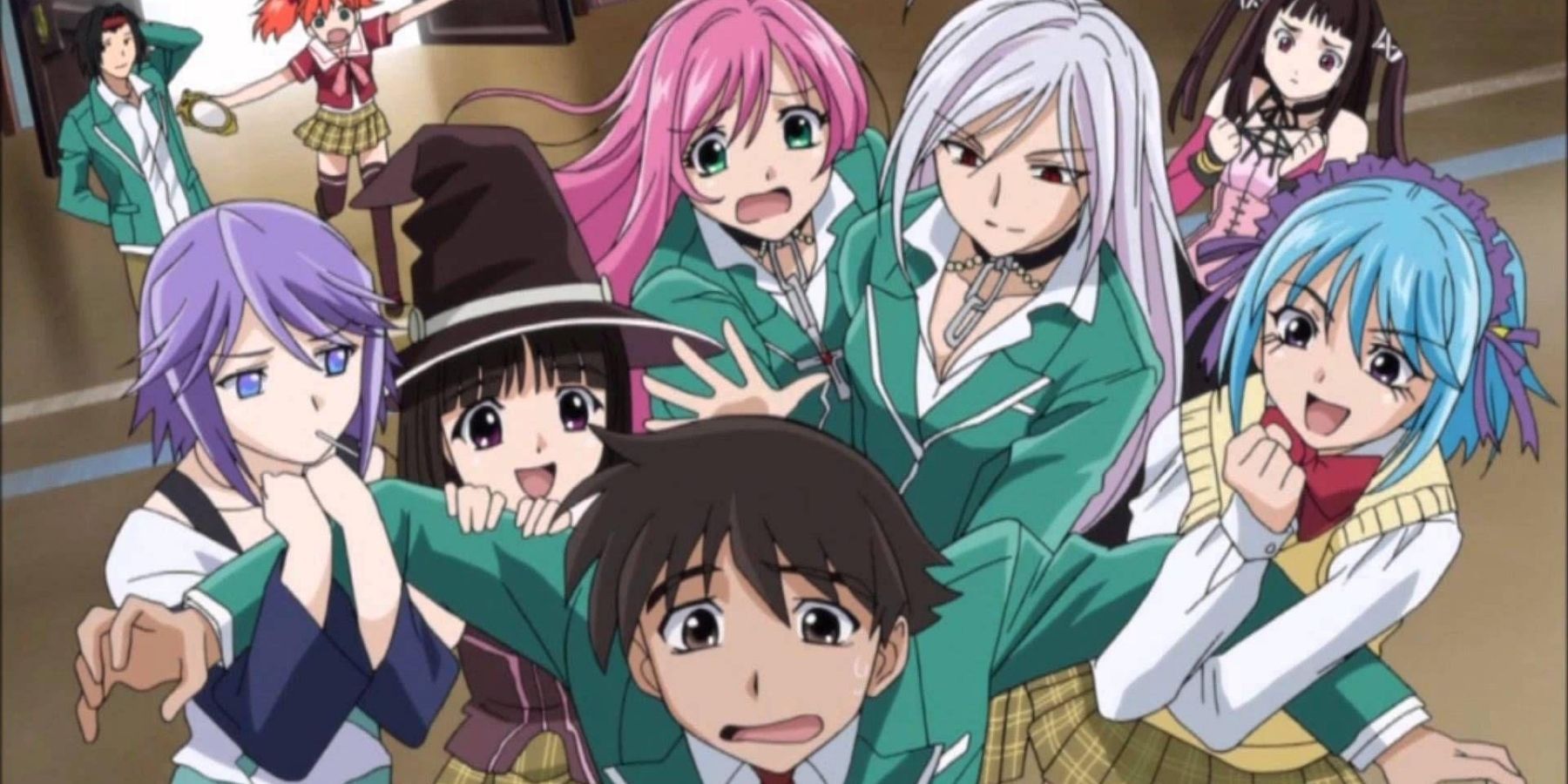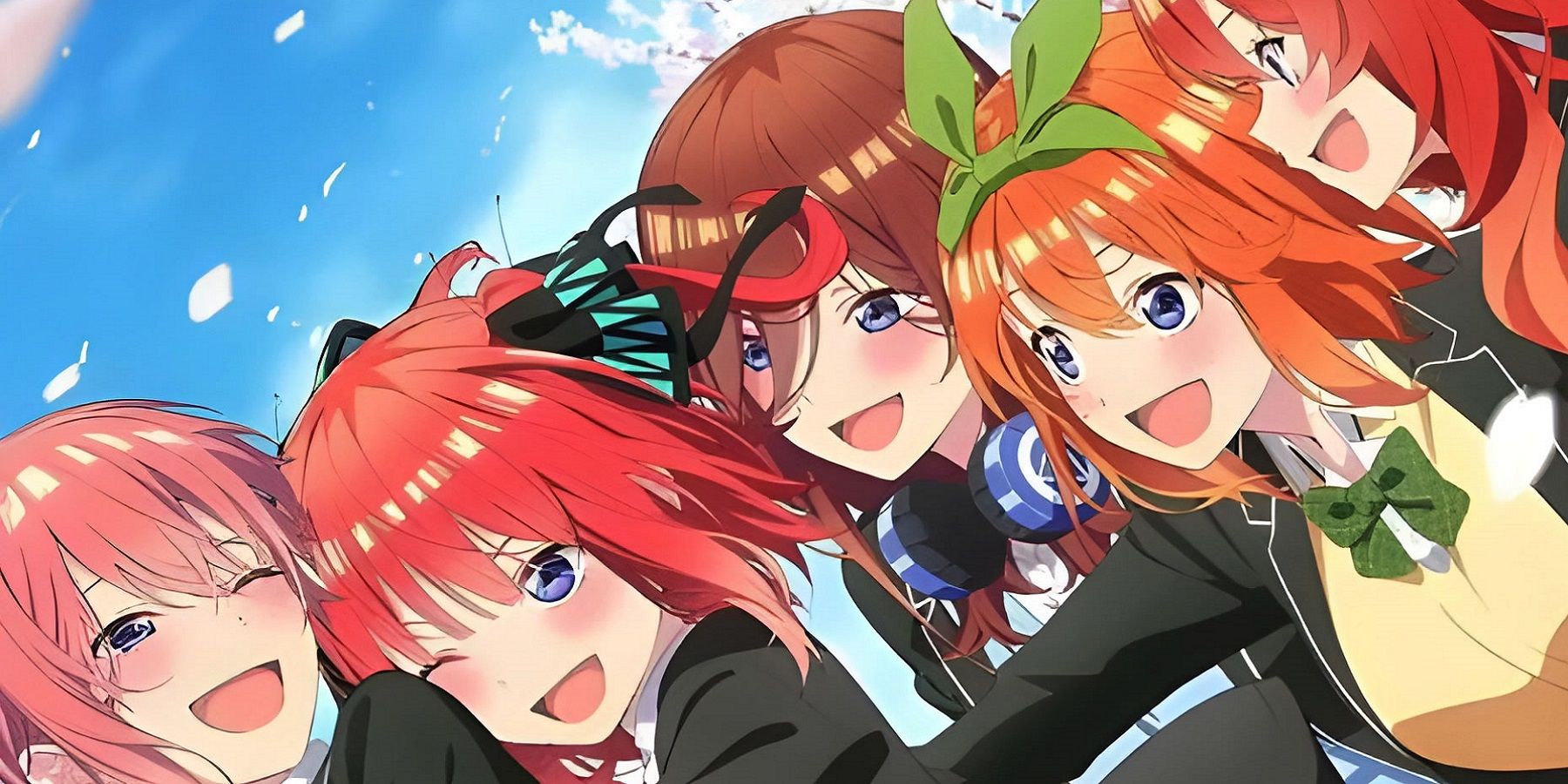Harems are a fairly pervasive trope in slice-of-life and romance anime, but their use extends beyond the boundaries of genre. There are harems in various kinds of anime; however, it is especially prevalent in anime that are romantic slice-of-life titles, ecchi, or both.
It has origins in various kinds of Japanese media, but it has also enjoyed a strong presence in visual novels and videogames in addition to anime and manga. Here's a run-down on some of the elements that make up the quintessential harem anime.
What's A Harem Anime?
"Harem" in Japanese media refers to stories in which a protagonist is surrounded by three or more romantic interests. Generally, the focus is heteronormative, with the average harem featuring a male protagonist who is either desired or pursued by multiple female characters; or in romantic or sexual relationships with several other characters.
Harems featuring female characters, as well as harems featuring various sexual orientations and relationship configurations also exist, but are far less prevalent. The harem can feature in a story of any variety; however, they are often the very subject of entire anime plots, as seen in titles like Rent-A-Girlfriend; Girlfriend, Girlfriend; and Ken Akamatsu's Love Hina.
Characteristics of a Harem
While there will always be variation and deviation from the basic idea of what constitutes the use of a particular trope or genre, there are still features of harems that are applicable universally, or in some of the most quintessential harem anime. Some characteristics of harem anime won't fully apply, or be exhaustive in terms of the anime to which they apply in reality.
Audience Surrogate Protagonist
Harems are often stories told from the perspective of heterosexual men, in a male-dominated industry. The average harem protagonist is a male protagonist with several female love interests. The average harem protagonist generally has no real personality, with his apparent niceness being his main redeeming feature and the central axis upon which the affection of the various heroines is based. Not only is the average harem MC a nice guy, he's also particularly passive in terms of how he relates to the world around him, which makes him easier for the character to be relatable to various viewers, but also enables him to maintain a particular gray area in his relationships with the surrounding women. This is often a character who is paired with; perhaps at first, a set of characters who are all extraordinarily beautiful and possess some kind of excessively charming feature or trait.Contrasting Personalities or Roles
The central conflicts of the average harem often includes the protagonist's inability to decide on a single romantic interest, given the heaps of attention they receive from their various romantic interests. The personalities of these varied members of the harem often hinge upon a single element – one can be the sporty athletic one with short hair (and usually some kind of internal conflict with their femininity); another can be reserved and not very forthcoming with her feelings; the other can be a tsundere, and so forth. A perfect example of this, taken quite far is the "5-parts-of-a-whole" approach seen in The Quintessential Quintuplets, where the members of the harem are nearly perfectly identical quintuplets with a single major personality trait differentiating them from each other. The types of personalities present in the harem naturally are not set in stone, but they are generally predictable archetypes with similar internal conflicts, character arcs and resolutions to their counterparts in other works. The different dynamics in the harems can also sometimes be the product of not only their personalities, but the interaction between their personalities and their relationship with the main character. In this case, archetypes like the childhood friend and all its variants; the school madonna; the athlete; the tsundere and all the other kinds of characters that feature in harem anime, there is a mutual influence: the character's personality is often something begotten from their relationship with the main character. This would explain the prevalence of childish, happy-go-lucky childish friend types; the tsundere with the privileged upbringing; as well as the Yamato Nadeshiko's deployment in anime.
The "Set-Up"
What most harems aim to do is to create a race for the central character's affections, and what this requires is some kind of hook or catch that effectively justifies each character's continued involvement. In the case of Girlfriend, Girlfriend, there was an interesting subversion of the expectation that the various female main characters would primarily be interested in vying for the male protagonist's love and attention at the expense of the others. Girlfriend, Girlfriend took that expectation, which would be increased by the show's central concept of a spontaneous polyamorous relationship emerging when a ridiculously honest male protagonist finds himself unable to choose between the girl he is already dating, and the one who confesses her feelings to him, setting off an unexpectedly wholesome three-way dynamic in which it isn't a war between the love interests. It develops into an exploration of the developing relationship that is the new triad dynamic. Generally, a harem anime will make use of various devices of convenience, such as having teenage characters whose parents live far away, leaving them to live alone; or shallow misunderstandings which cause conflicts but also enable the kind of convenient plot devices uses to move the story along somehow.Closure? Don't Know Her
One of the major problems with anime centred on harems in particular is the fact that they usually don't have a satisfying conclusion. The major conflict of who will be romantically paired with the main character often goes unanswered, rendering the whole journey of the series' events almost totally pointless. The protagonist, being the passive nice-guy that he is, often lacks the capacity to make a decision regarding the situation, often feigning ignorance whenever the romantic interests attempt to make their feelings known and never actually responding to their feelings with an adequate, concrete decision. One of the harem MC's biggest flaws is his niceness mistaken for kindness, as his treatment of the surrounding women is attractive to them due to their lack of self-esteem, which in turn renders him unable to "inflict emotional pain" upon any of them through concrete rejection of their romantic feelings due to the apparent strength of his platonic affection for them. This often creates a perpetual stalemate; where all the members of the harem approach a sort of mutual understanding and respect for each other's respective affection for the protagonist, but maintain a high level of aggressive competition with the other harem members.

